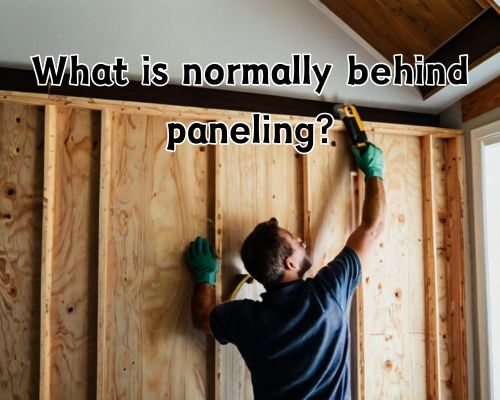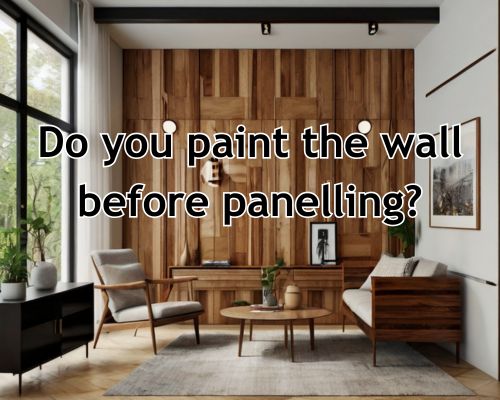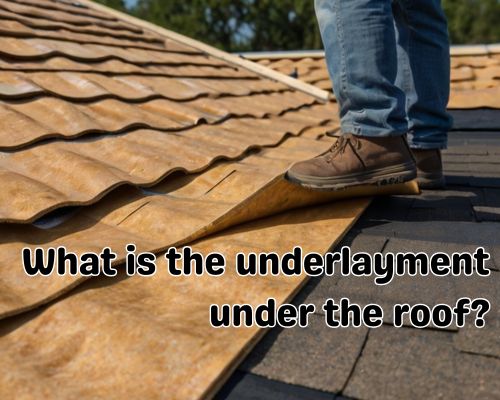Wall paneling is a staple in many Australian homes—especially in areas like Mornington, where charming beach houses, period homes, and modern builds often use paneling to enhance interiors. Whether you’re renovating a classic Federation-style bungalow in Mount Eliza or updating a coastal retreat near Mornington Peninsula National Park, you might find yourself asking: what is normally behind paneling?

This question is more than just idle curiosity—it can help you avoid costly surprises, understand structural risks, and better prepare for renovations. With Leona Rodriguesi of Mornington Cabinet Makers, we’ll take a look at what you’re likely to discover behind wall paneling in Mornington homes, how to safely inspect it, and what the presence of certain materials might mean.
1. The Basics: What’s Typically Hidden Behind Wall Paneling?
a. Wall Studs (Framing)
The most common thing you’ll find behind paneling is the wall frame—specifically, vertical timber studs spaced at regular intervals (commonly 450mm or 600mm apart in Australia). These studs form the structural skeleton of your walls.
In Mornington homes built during the mid-20th century, radiata pine was commonly used. However, older homes might feature hardwood framing such as jarrah or blackbutt, particularly in post-war properties around Main Street Mornington.
b. Insulation Materials
Depending on the age and renovations of the property, you may find insulation batts behind the paneling. In newer or retrofitted homes, this might be glass wool, polyester, or rigid foam board insulation.
Homes in Mornington benefit from quality insulation, given the coastal temperature fluctuations and seasonal humidity. In seaside suburbs like Mount Martha and Safety Beach, keeping interiors energy-efficient is a common renovation goal.
c. Electrical Wiring and Junction Boxes
Another critical element hidden behind paneling is electrical wiring. These run vertically or horizontally and often terminate in junction boxes, power outlets, or light switch enclosures.
If you’re updating a house built before the 1980s, be cautious—non-compliant wiring like rubber-sheathed cables may still be in place. A licensed Mornington electrician should inspect it before any demolition or panel removal.
2. What Else Might Be Lurking?
a. Plumbing Pipes
Particularly in bathrooms, kitchens, or near laundries, paneling may conceal copper or PVC plumbing. Leaks behind paneling can be devastating, leading to mould, rot, and structural decay—issues common in older homes across the Mornington Peninsula Shire.
b. Old Wall Linings or Materials
In some cases, especially in homes from the 1950s-70s, paneling was added on top of plasterboard, lath and plaster, or even masonite. These materials can sometimes be deteriorated or riddled with asbestos, which was widely used in Australian building materials up until the 1990s.
If your home is older and near Benton Square or Tanti Park, and hasn’t undergone asbestos abatement, call in a licensed asbestos removalist in Mornington before removing paneling.
3. Signs of Issues Behind Paneling
Renovators and home buyers in Mornington should watch for:
- Sagging or bulging paneling: May indicate water damage or pest activity.
- Musty smells: Could be mould or rot hidden behind sealed panels.
- Discolouration: Watermarks or unusual patches can hint at hidden leaks.
Hiring a building inspector before pulling anything down can save thousands in unforeseen repairs. For professional needs, visit https://morningtoncabinetmakers.com.au/.
4. How to Safely Check Behind Paneling
Before you go full DIY, here’s how to assess behind wall panels safely:
- Turn Off Power – Always shut off electricity at the switchboard before working near walls.
- Check for Plumbing Lines – Look for telltale signs like nearby taps or drains.
- Use a Stud Finder – Many modern stud finders detect live wires and pipes.
- Remove a Small Test Section – Start at an inconspicuous spot using a pry bar or multitool.
If you’re near Beleura Hill or Fisherman’s Beach, many homes have undergone layered renovations. Be prepared for a mix of old and new materials.
5. Common Renovation Scenarios in Mornington
a. Updating Paneling for Modern Interiors
The Hamptons style and Scandi-coastal themes are popular in Mornington, especially in newer homes or remodels. Often, this means removing old faux wood paneling and replacing it with VJ (vertical joint) boards, shiplap, or wainscoting.
b. Installing or Upgrading Insulation
Given the cooler coastal breezes during winter months, homeowners are often retrofitting insulation behind paneling to increase energy efficiency and reduce heating costs.
c. Rewiring During Kitchen or Bathroom Renovations
Paneling in wet areas may be hiding outdated wiring. A growing number of Mornington renovators are choosing smart lighting systems and USB outlets, requiring modern rewiring.
6. Who Should You Call in Mornington?
If you’re planning to remove paneling, consider reaching out to:
- Local Electricians (Mornington Peninsula Electrical Services)
- Licensed Plumbers (e.g., Rye & Mornington Plumbing)
- Carpenters or Handymen
- Home Renovation Experts who specialize in coastal properties
- Building Inspectors (especially if you’re buying a property)
Don’t forget, removing or disturbing asbestos materials must be handled by a WorkSafe-licensed contractor under Victorian law.
Final Thoughts: Knowledge Behind the Wall Is Power
So, what is normally behind paneling? The answer is a mix of structure, history, and sometimes surprises. In Mornington homes, you may find solid hardwood frames, modern insulation, ageing wiring—or even old asbestos sheeting. Every wall tells a story, especially in a region so rich in architectural diversity and renovation culture.
Whether you’re revamping a Blairgowrie holiday house or breathing new life into a heritage home in Frankston South, knowing what lies behind your walls can help you budget wisely, avoid dangers, and plan better renovations.









